introduction:
In this era of rapid digital development, virtual exhibitions, as a brand-new display method, are gradually entering people's field of vision. Virtual exhibition, as the name suggests, is to transform the traditional exhibition presentation method into a virtual online experience through digital technology.
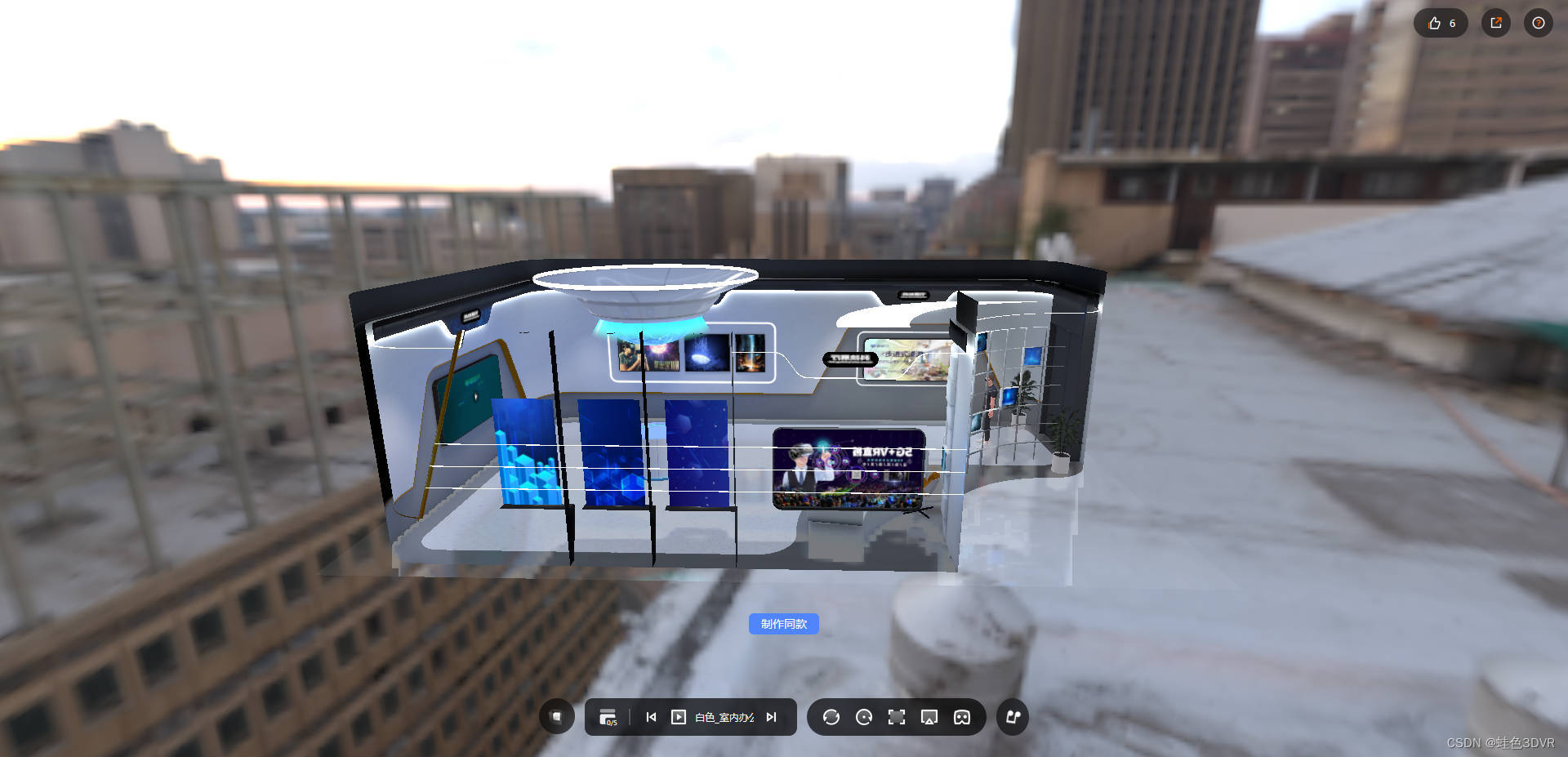
1. What is a virtual exhibition
Virtual exhibition is a digital technology-based transformation of actual exhibition content into an online accessible form through virtual reality (VR) technology, panoramic photography, interactive interfaces, and other means.
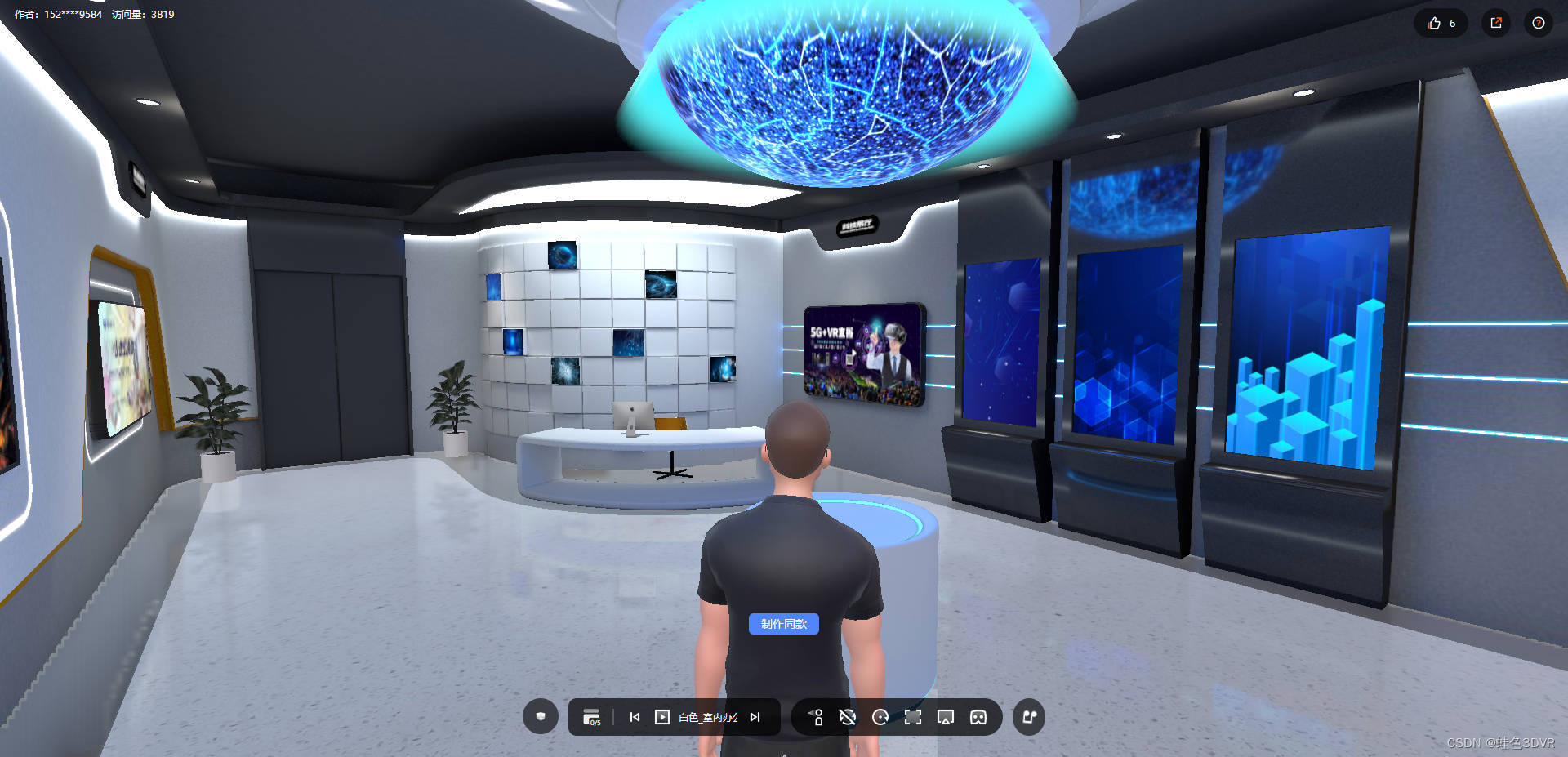
This form breaks through the limitations of time and space, enabling audiences to visit the exhibition at any place and at any time. The characteristic of the virtual exhibition is that it is not only a simple graphic display, but also creates an immersive visiting experience for the audience through various methods such as vision, hearing, and interaction.
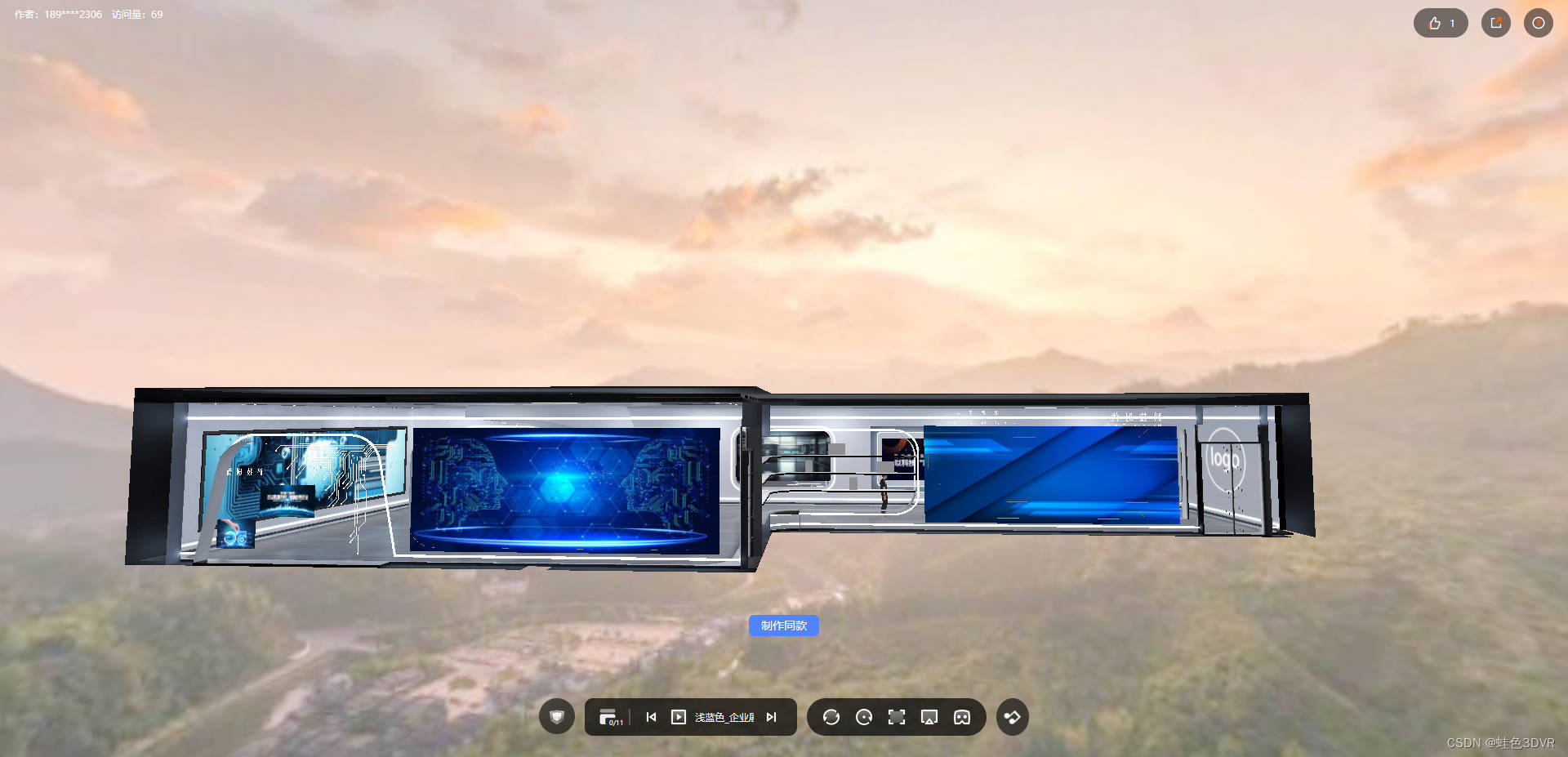
2. Advantages of virtual exhibition
1. Communication across time and space
Virtual exhibitions provide a platform for exhibitors in the fields of art, culture, technology, etc. to break through geographical restrictions and interact with global audiences in real time. Audiences can visit world famous places, visit museums and taste art without traveling thousands of miles. This brand-new way of visiting promotes exchanges and collisions between different cultures.
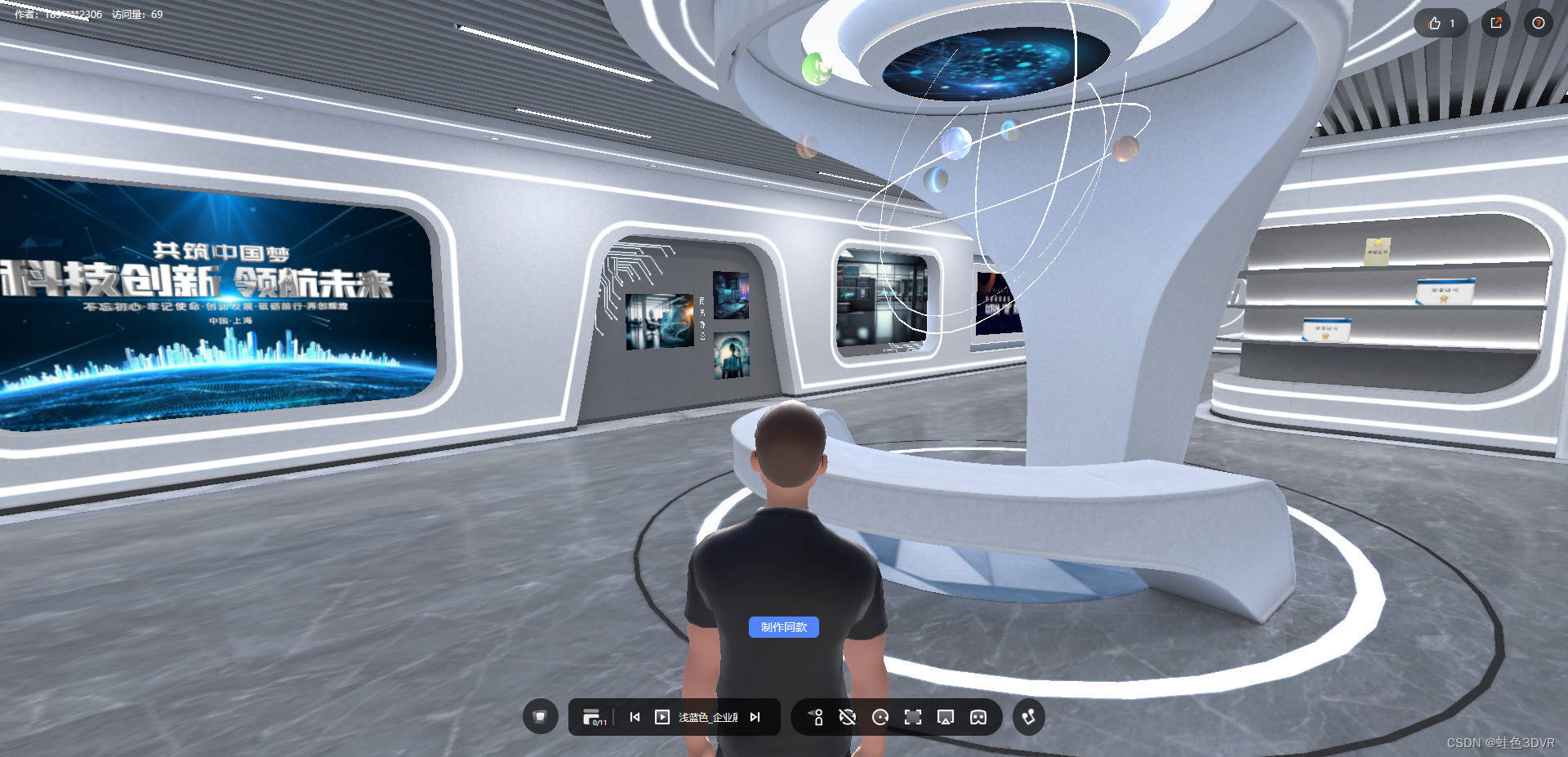
2. Upgrade the interactive experience
Virtual exhibitions are no longer limited to static displays. Through the addition of interactive elements, audiences can participate in the exhibition content. Functions such as virtual tour guide and real-time interactive communication make the visit an all-round experience and enhance the audience's sense of participation and desire to explore.
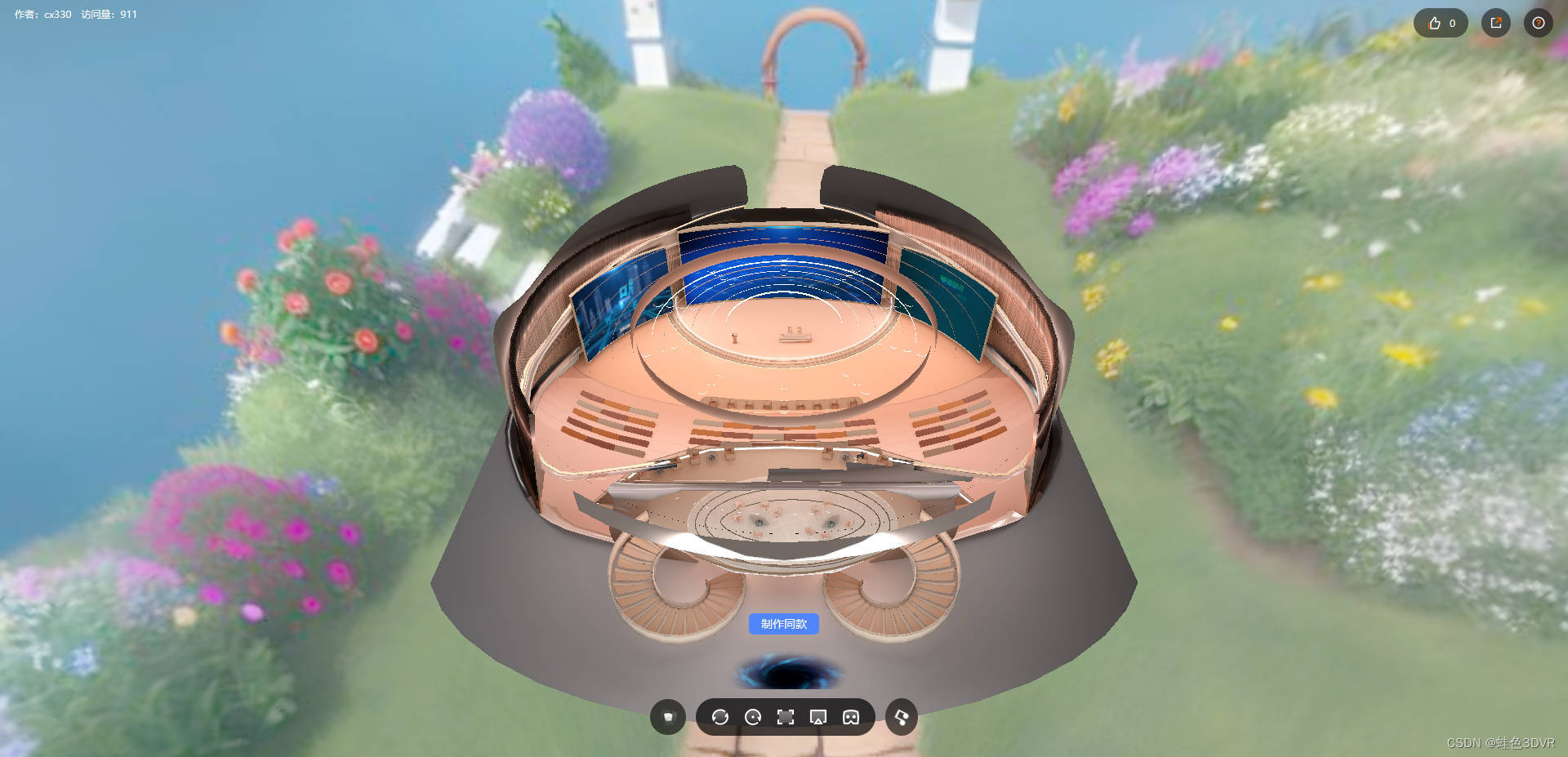
3. Education and knowledge dissemination
Virtual exhibitions have a wide range of applications in the field of education, from historical events to natural wonders, can be presented in the form of virtual exhibitions. This immersive learning method stimulates interest in learning and opens up new ways for knowledge dissemination.

4. Expansion of business value
For enterprises, virtual exhibition is an innovative means to expand the market and attract customers. Whether it is a product display or an online launch event, virtual exhibitions can bring new possibilities to corporate marketing and attract more attention and participation.

3. What should be paid attention to when designing virtual exhibitions
1. Choose the right platform and technology: Determine a virtual exhibition platform or technology that suits your exhibition needs. This may include online exhibition platforms, virtual reality (VR) platforms or web-based presentation tools.

2. Conversion of exhibition content: convert the content of traditional exhibitions into a format suitable for online display. This may involve multiple media forms such as images, video, text and audio.
3. User experience design: Consider the experience of visitors in the virtual environment. Make sure the interface is designed to be intuitive, to navigate smoothly, and to provide an interactive and immersive experience.
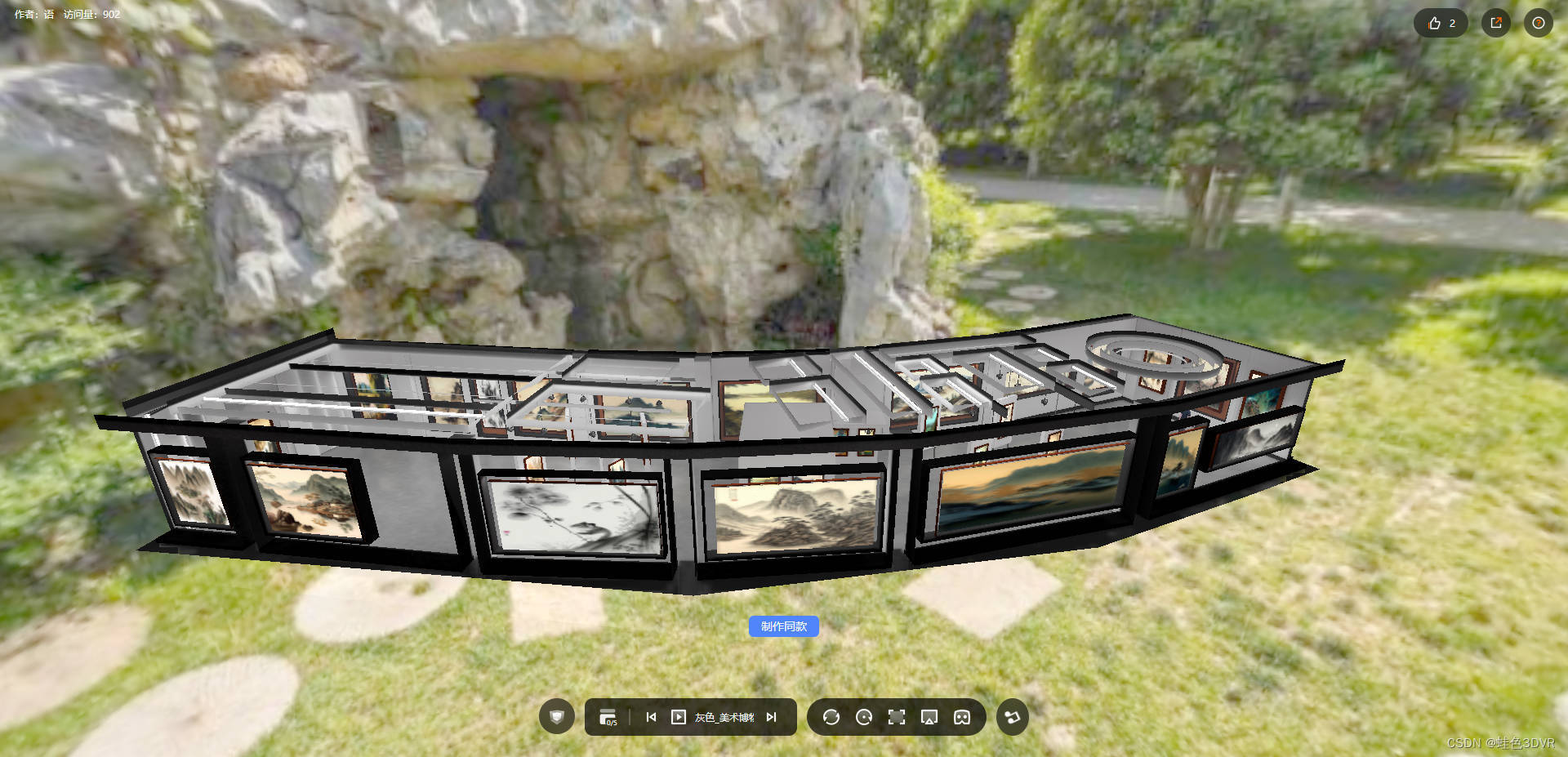
4. Virtual exhibition layout: Design the spatial layout of the virtual exhibition so that visitors can browse the content according to their interests. This may include setting up exhibit areas, information points, interactive areas, etc.
5. How content is presented: Consider how best to present your content, such as virtual galleries, 3D displays, 360-degree views, etc., to enhance the visitor experience.
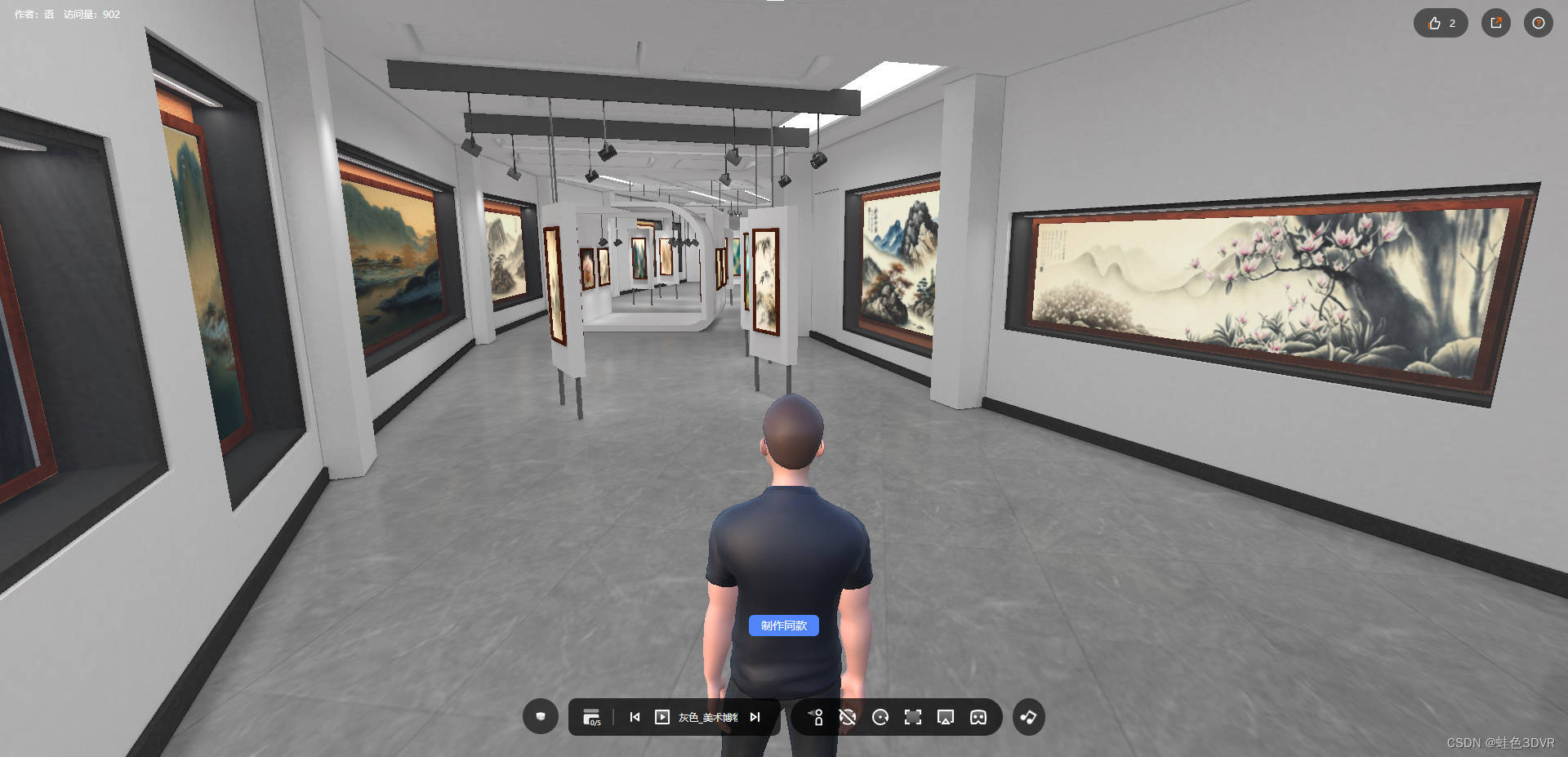
6. Interactive elements: Add interactive elements to virtual exhibitions, such as online chat, question and answer sessions, polls, online forums, etc., to promote communication and participation among visitors.
7. Device Compatibility: Make sure that your virtual exhibition platform can run smoothly on different network speeds and various devices to ensure that more people can access it.
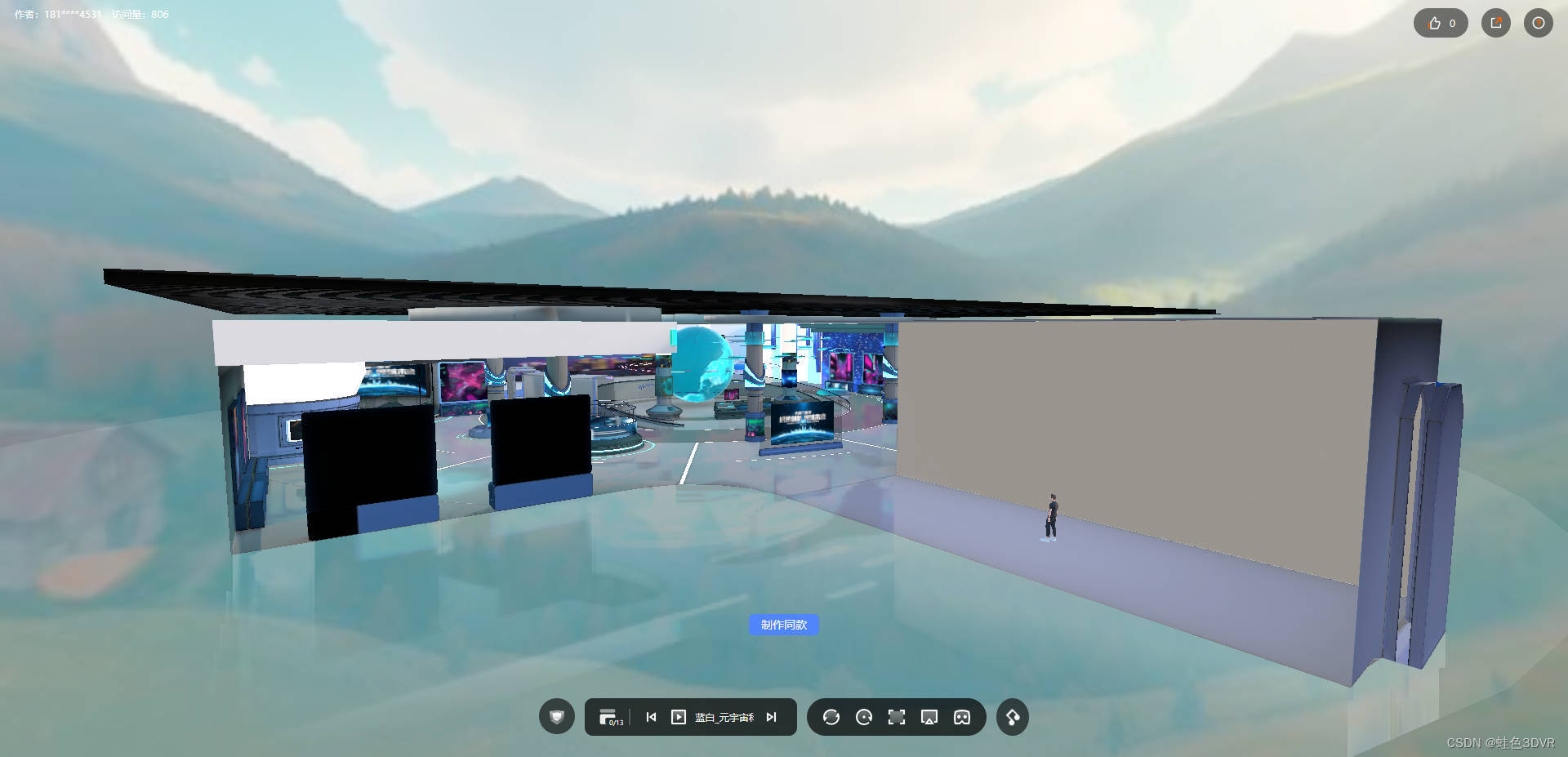
8. Publicity and promotion: Make a publicity plan to publicize your virtual exhibition through social media, email, press release, etc. to attract more visitors.
9. Exhibitor interaction: Consider how to facilitate interaction and collaboration among exhibitors in a virtual environment, such as webinars, discussion boards, etc.
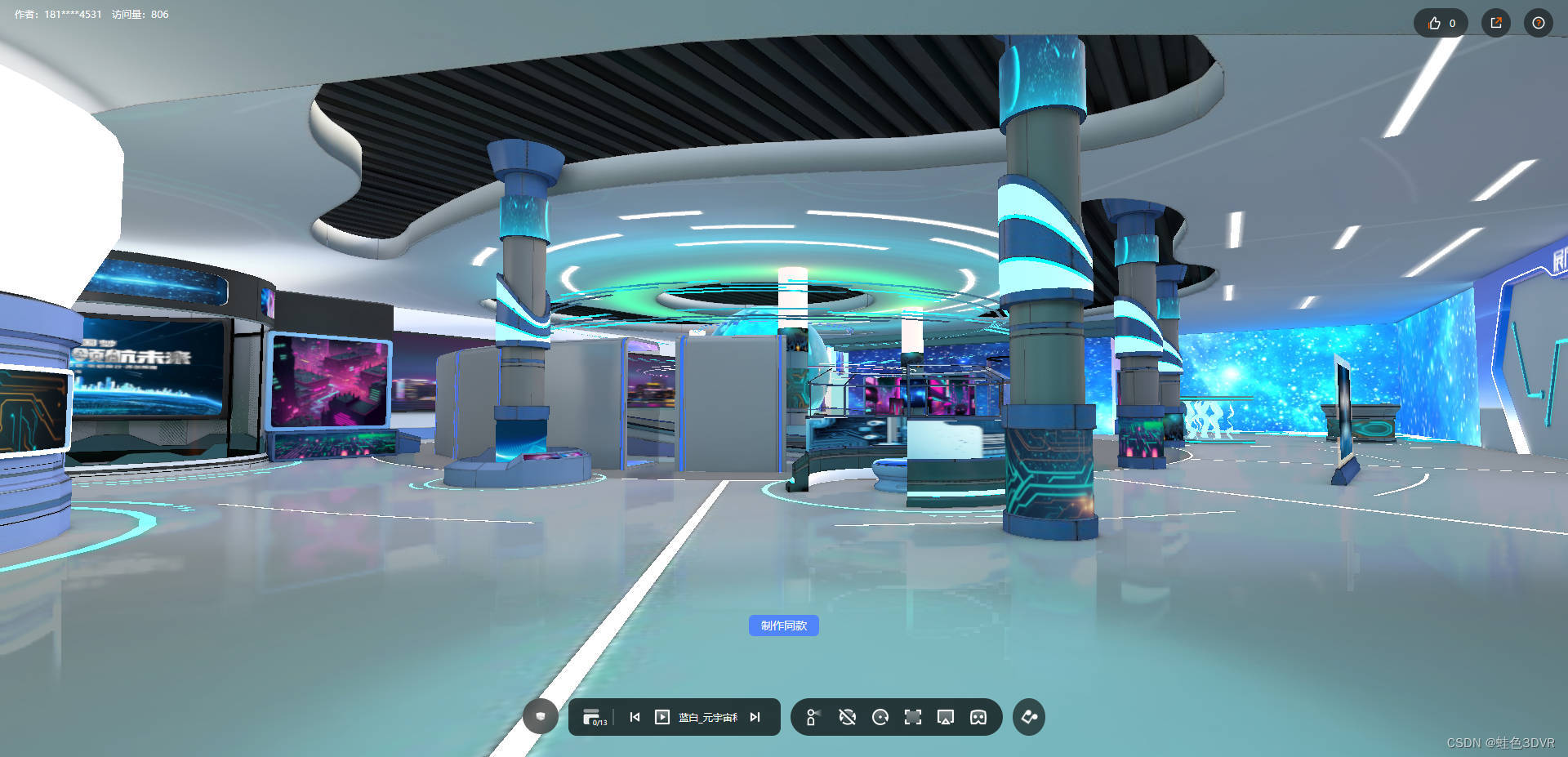
10. Data privacy and security: Ensure that the way of processing and storing data on the exhibition platform complies with privacy regulations, and take necessary security measures to prevent data leakage.
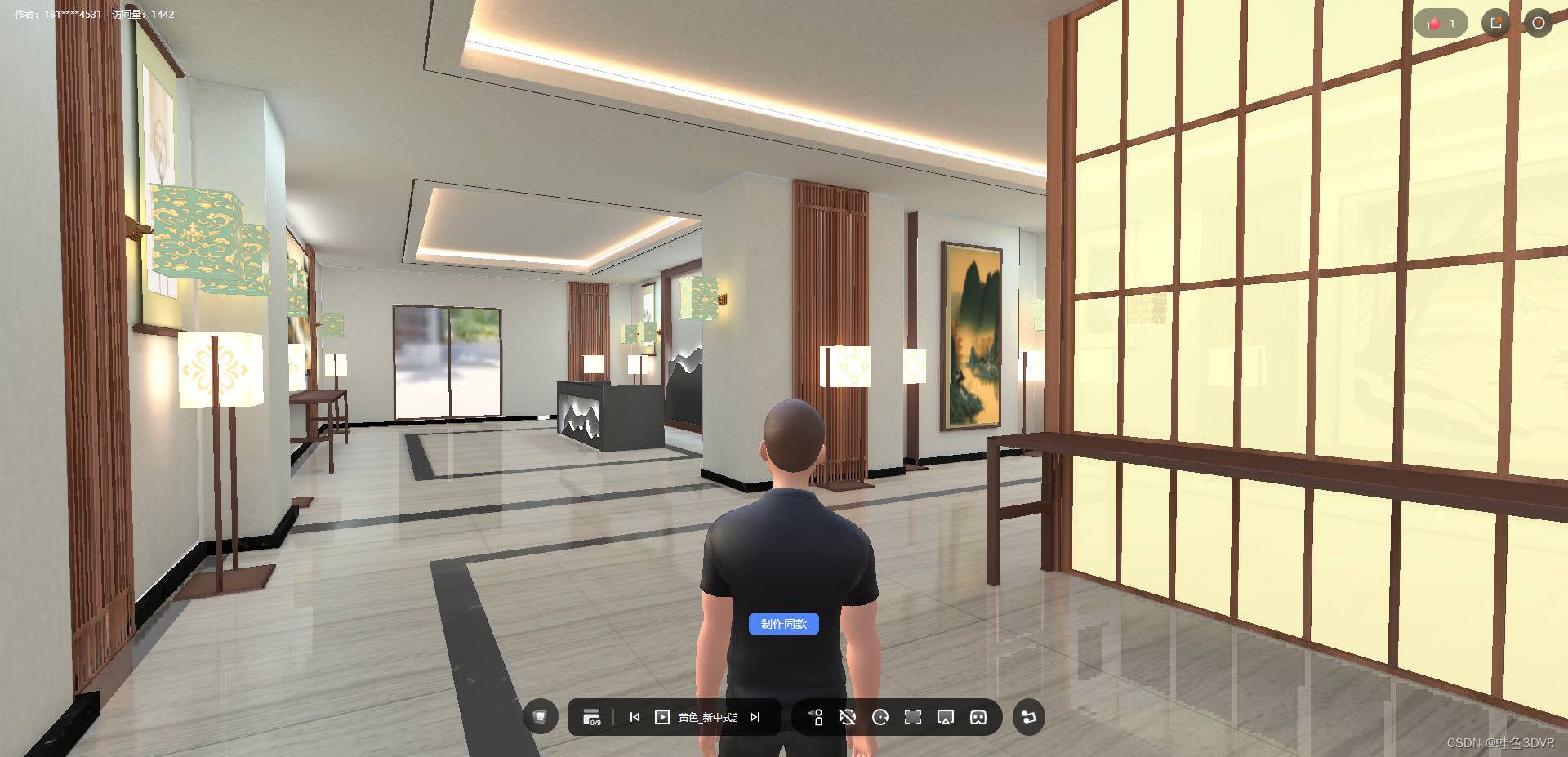
Conclusion:
As a product of the digital age, virtual exhibitions are gradually changing the way people visit exhibitions with their unique charm and wide range of applications. With the continuous advancement of technology, virtual exhibitions will become more realistic and immersive, presenting a more exciting visual feast for the audience.
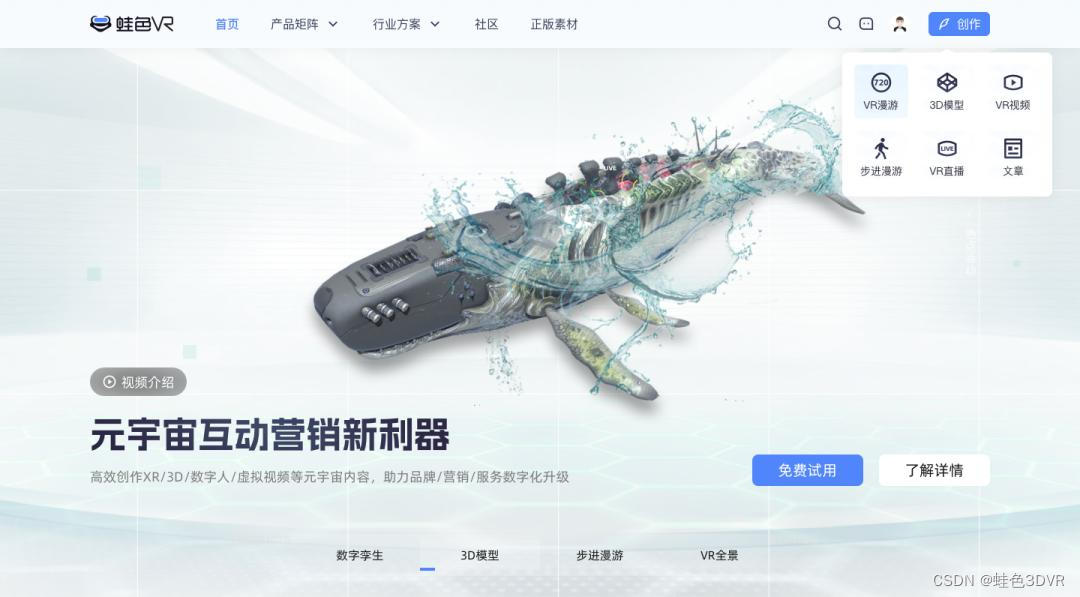
Frogse 3DVR supports the provision of one-stop services from 0 to 1 for 3D digital content, VR panorama, 3D modeling and other content in various industries, and can better solve the actual pain points of users.